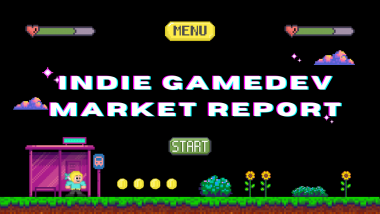There’s no question that e-commerce has revolutionized the way we do business. But could game commerce, or G-commerce, be even bigger?
G-commerce refers to the buying and selling of goods and services within a game environment. And with the popularity of games like Fortnite and Minecraft, it’s not hard to see how this could become a vast industry.
There are already several businesses springing up that are focused on G-commerce. For example, Gameflip allows gamers to buy, sell, and trade in-game items. But can it be bigger than e-commerce? Let’s see!
The Growth of the e-commerce Market

The e-commerce market is growing rapidly, with estimates suggesting it will reach $58.7 trillion by 2028 at a CAGR of 26.55%. In the last ten years, the global e-commerce market has more than doubled, with e-commerce sales amounting to $14.3 trillion in 2021, up from $1.3 trillion in 2014.
This growth is being driven by several factors, including the increasing popularity of online shopping, the growth of mobile commerce, and the increasing use of digital payment methods.
With the advancement of technology, people are becoming more comfortable making purchases online, and this trend is only expected to continue in the coming years.
Rapidly Growing Gaming Market
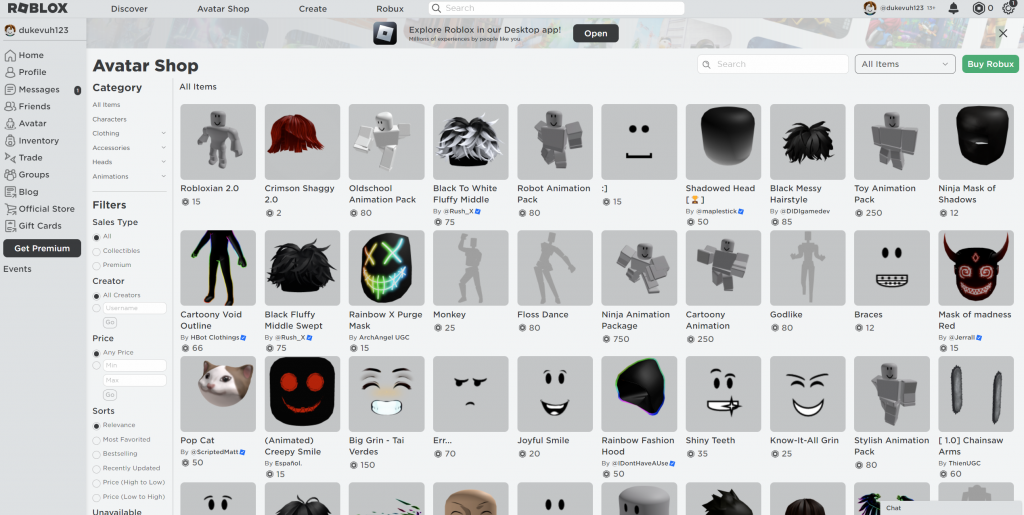
Now, looking at the gaming market, the industry is worth billions of dollars and is only continuing to grow. In 2020, the global games market was worth an estimated $159.3 billion. This is a significant increase from the $101.1 billion the market was worth in 2015. Thanks to the massive interest in games, the global gaming market is expected to grow even further in the coming years.
One of the most important factors in the growth of the gaming market is the increasing accessibility of gaming platforms. In the past, gaming was largely the domain of dedicated consoles and PC gamers. However, with the advent of smartphones and tablets, gaming has become much more accessible to the general public — opening up a whole new audience.
Another factor contributing to the gaming market’s growth is the rise of professional gaming. In recent years, competitive gaming has become a major spectator sport, with millions of people tuning in to watch live tournaments. This has helped to raise the profile of gaming and has made it more attractive to potential investors.
Currently, in a state of rapid growth, the gaming market is showing no signs of slowing down.
Gen Z to Further Drive Gaming Market
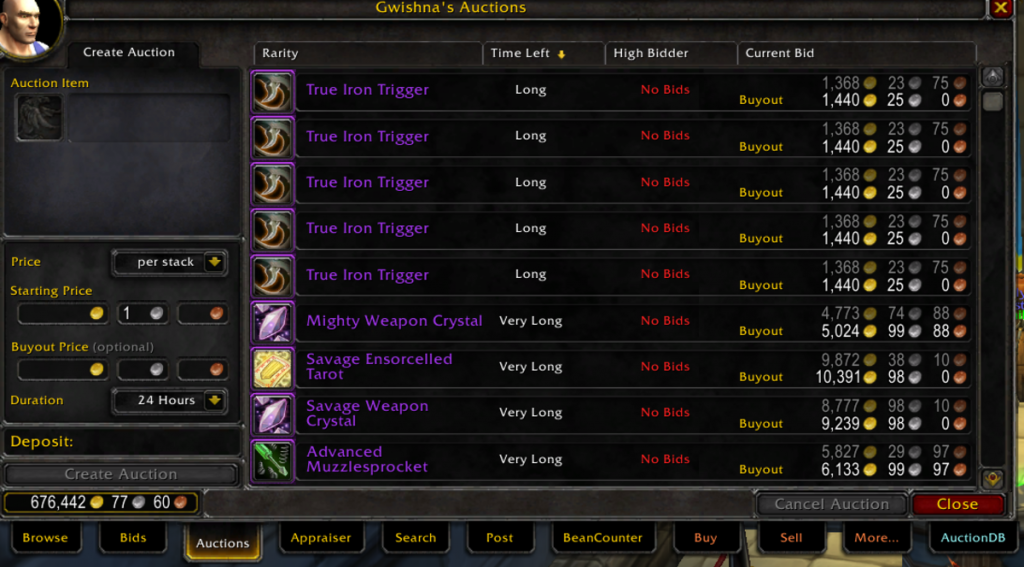
The gaming sector is particularly seeing significant growth thanks to Gen Z gamers. In fact, they’re spending more time playing them than ever before.
This is due in part to the fact that there are more games available than ever before. With the rise of mobile gaming and the popularity of console and PC games, there are more options than ever for Gen Z to choose from.
Another reason is that games have become more immersive today. With advances in graphics and gameplay, games are becoming more and more like experiences than just simple entertainment. And this strikes a chord with Gen Z, as they look for games they can really get lost in, and they’re finding more and more of them.
This involvement has led to Gen Z having a significant impact on the gaming industry. For example, Gen Z’s preferences and feedback are often taken into account when new games are being developed. Additionally, Gen Z’s spending power has made them a valuable target market for game developers and publishers.
In-game Items Driving Gaming Revenues
Much like the market size, the revenue of the gaming market is also seeing a surge, with a growing number of people playing games on their smartphones and tablets. In fact, mobile gaming is now the most lucrative segment of the gaming market, generating more than $50 billion in revenue last year.
In-game items are particularly a huge revenue source for many games. These items can be anything from simple cosmetic items to powerful weapons and armor. Players are often willing to pay real money for these items, as they can give them a significant advantage in the game.
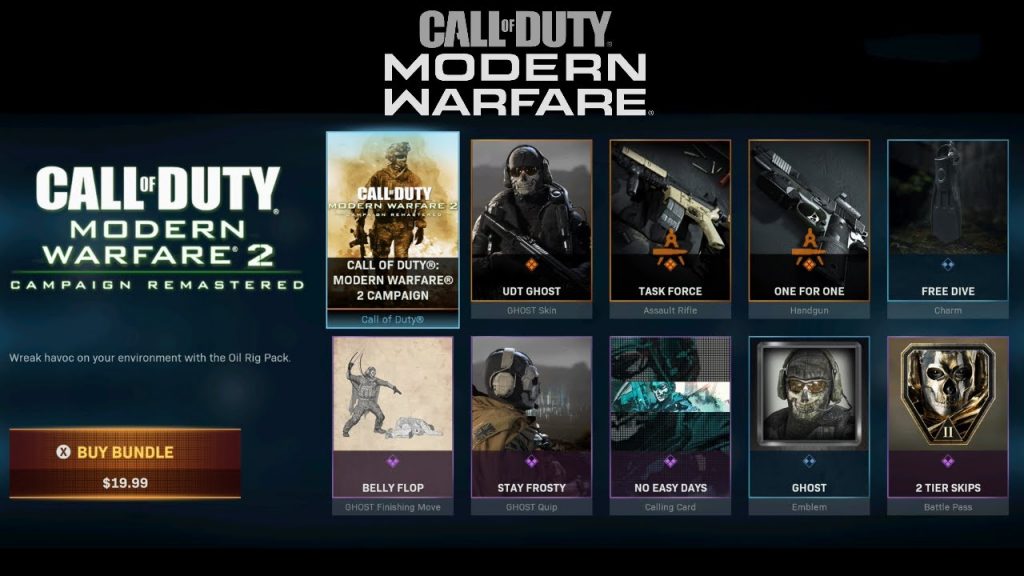
In-game items can be purchased through microtransactions, which are small transactions that are made within the game. Developers typically take a percentage of each sale, adding up to a significant amount of revenue. It also provides a way for players to monetize their time and effort spent playing the game and can add an extra level of content, customization, excitement, and competition to the game itself.
While a relatively new phenomenon, in-game items are growing rapidly in popularity. One of the most popular examples of this is CSGO skins, which are virtual items that can be used in the game Counter-Strike: Global Offensive. These skins can be traded or sold for real-world money, and the prices for some of the rarer skins can be extremely high. Similarly, DOTA2 skins can be acquired and traded in the game DOTA 2, and these, too, can fetch high prices on the open market.
But when designing in-game items, a few key things must be kept in mind. First and foremost, player needs should always be considered. In-game items should be designed to enhance the player experience and not in a way that detracts from it. Secondly, in-game items should be well-balanced and fair. Players should not feel like they are being forced to purchase items in order to progress in the game.
With the popularity of games like CSGO and DOTA 2 showing no signs of slowing down, revenue from in-game items will likely continue to grow in the years to come.
Player2Player Trading Platforms
In-game items are undoubtedly becoming a huge part of many online games, but they are often very difficult to obtain. This is where player-to-player trading platforms come in.
Player-to-player trading platforms are online marketplaces that allow players to trade in-game items with each other. This is an excellent way for players to get the items they want without having to grind for them. Besides being a great way to get your hands on rare or expensive items, they also provide an opportunity to make some extra money by allowing players to trade items they no longer need for things they do need.
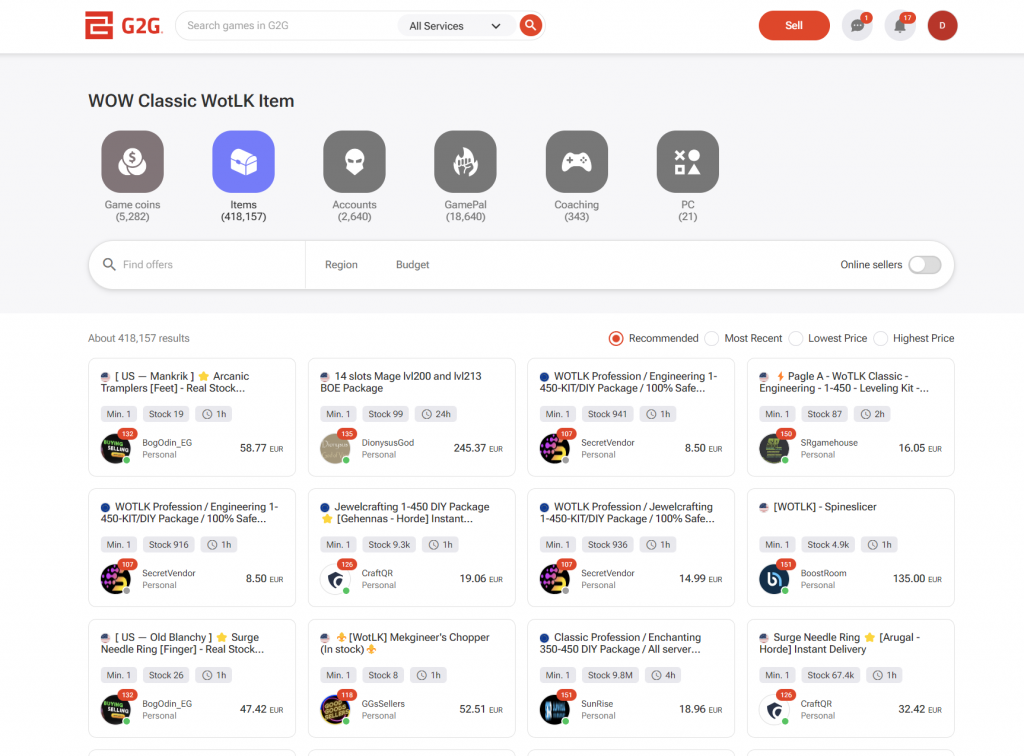
These platforms provide a safe and convenient way for gamers to trade with one another, and many of them offer features that protect both buyers and sellers from fraud.
There are several different player2player trading platforms available, and many of them cater to specific games or genres. Some of the most popular platforms include PlayerAuctions, Gameflip, and G2G.com.
Metaverse Driving Revenue
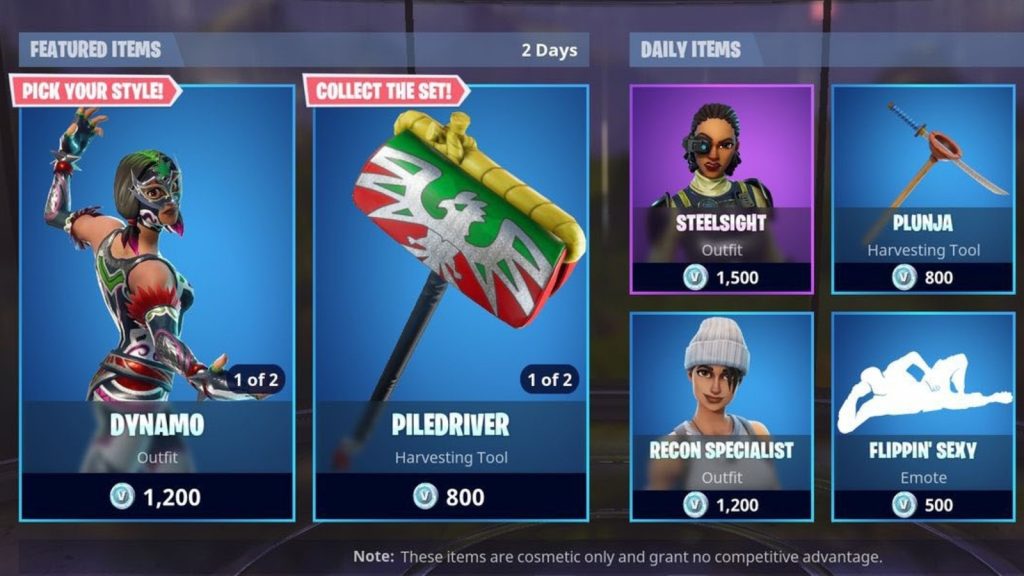
The growth of the gaming industry is also, in part to the rise of the metaverse. The metaverse is a virtual world that allows players to interact with each other in real-time, regardless of location. This has led to a boom in online gaming and the development of new genres, such as virtual reality and augmented reality games. It also opens up new opportunities for in-game advertising and microtransactions.
In the past year, two of the most popular video games were, in fact, the metaverse games, Roblox and Fortnite. In Roblox, players can create their own virtual world and games to play in. And Fortnite is a battle royale-style game where players compete to be the last person standing.
Both Roblox and Fortnite recorded huge revenue in 2020. Roblox’s revenue rose 36% to $950 million, whereas the free-to-play Fortnite’s revenue was up 10% to $1.8 billion. In these games, players spend money on in-game purchases, such as new skin for their character.
Overall, the metaverse has a significant impact on the gaming industry and is helping to drive its growth and revenue.
Need for New Infra
While the industry’s growth is continuing, there is an increasing need for new infrastructure to support new gaming companies. This includes things like new server capacity, data storage, and networking capability. Without this infrastructure in place, it will be difficult for new companies to get their start in the industry.
As we saw, the potential for G-commerce is enormous. And with the right infrastructure in place, it could easily surpass e-commerce in terms of size and scope.






